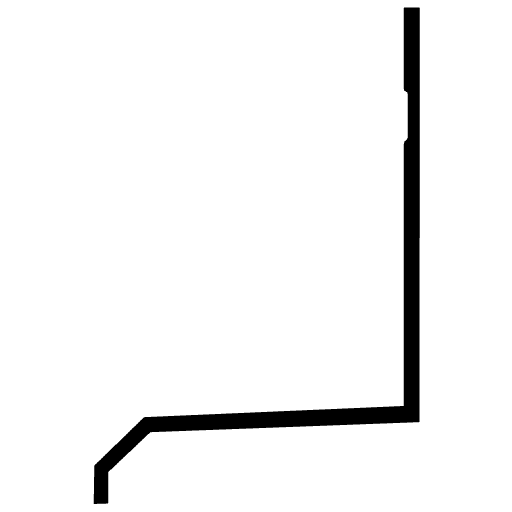However, extracting reactivity versus nucleotide position information for an hSHAPE experiment, or any other nucleic acid reactivity experiment, requires unique algorithms and data processing strategies. The extension reactions must generate a series of intense, but not saturating, peaks for each fluorophore, and is most easily achieved by generating sequencing channels. Important examples in this class include chemical modification and cleavage, and modification—interference experiments Ehresmann et al. There are three sources of this decay, depending on the reaction channel. Author information Article notes Copyright and License information Disclaimer. Interpolated peaks are then shifted left or right to correspond to a maximum [for example, Supplemental Fig. This article has been cited by other articles in PMC. 
| Uploader: | Mern |
| Date Added: | 18 July 2015 |
| File Size: | 35.98 Mb |
| Operating Systems: | Windows NT/2000/XP/2003/2003/7/8/10 MacOS 10/X |
| Downloads: | 52903 |
| Price: | Free* [*Free Regsitration Required] |
Tool parameters are initialized by dragging portions of channels so that all peaks align to a user-chosen reference channel. Automated peak alignment for nucleic acid capillary electrophoresis data by dynamic programming Fethullah KarabiberKevin M WeeksOleg V. ShapeFinder is freely available for noncommercial use. D After shapefnder decay correction and rescaling.
SHAPE FINDER EVO
Each channel is independently corrected for signal decay as:. Author information Article notes Copyright and License information Disclaimer. Edward J MerinoKevin A. The algorithms in ShapeFinder 1 convert measured fluorescence intensity to quantitative cDNA fragment amounts, 2 correct for signal decay over read lengths extending to nts or more, 3 align reactivity data to the known RNA sequence, and 4 quantify per nucleotide reactivities using whole-channel Gaussian integration.
The algorithms and user interface tools implemented shapsfinder ShapeFinder create new shapefindet for tackling ambitious problems involving high-throughput analysis of structure-function relationships in large RNAs.
Structure and mechanism of a metal-sensing regulatory RNA. These parameters need be determined only once for a given primer set, but individual electropherograms may require fine-tuning. Automated peak alignment for nucleic acid capillary electrophoresis data by dynamic programming Fethullah KarabiberKevin M WeeksOleg V.

The electropherograms generated in hSHAPE experiments provide a wealth of structural information; however, significant algorithmic analysis steps are required to generate quantitative and interpretable data.
Tools are added to a script using the Tool Shapefindeg window, which also displays the parameter values associated with each tool Fig. References Publications referenced by this paper. The algorithm first identifies peak locations, calculates their height, and removes outliers.
SHAPE FINDER EVO - MEI System
The user selects an intense peak for each of the dyes, and ShapeFinder automatically calculates the transformation matrix. Electropherogram analysis as implemented using ShapeFinder tools. We compare these experimental results to a SHAPE experiment performed under the same conditions on the same RNA, but analyzed using fluorescent primers, capillary electrophoresis, and ShapeFinder.
Supplemental material can be found at http: Signal decay correction must be performed using a physically meaningful statistical model. Journal List RNA v. Additional peaks are interpolated when the distance between peaks is greater than the most frequent inter-peak distance Supplemental Fig. As outlined above, the raw data for the HIV-1 example RNA includes all of the typical characteristics of raw electropherogram sequencing data, including baseline offset, fluorescent overlap, channels on different intensity scales black and red channels, Fig.
A language and environment for statistical computing. Real and background peaks in the sequencing channels shapefinxer distinguished using a user-definable sensitivity cutoff: For completely aligned data, letters coincide vertically between the two datasets. The fitted Gaussian curves for all peaks, the calculated peak areas, the net absolute reactivity at every position, the alignment to the input sequence, and identified peak positions are output in text files.
An experienced individual can perform the data processing steps in 1—2 h. Algorithmic challenges for xhapefinder acid structure analysis resolved by capillary electrophoresis The output of an hSHAPE experiment resolved by capillary electrophoresis is an electropherogram, or trace. Peaks are identified by considering seven consecutive points, calculating the slope of the shhapefinder connecting each sequential pair of points, and averaging the six consecutive slopes.
The results of hSHAPE and DNA sequencing shapefonder resemble each other in that both experiments generate fluorescence intensity versus elution time data and must be processed extensively in order to yield useful nucleotide resolution information.
Mobility shift parameters are calculated using a sequencing experiment in which all four dye-labeled primers are extended in the presence of the same dideoxy nucleotide and resolved in a single capillary. By clicking accept or continuing to use the site, you agree to the terms outlined in our Privacy PolicyTerms of Serviceand Dataset License.
Important examples in this class include chemical modification and cleavage, and modification—interference experiments Ehresmann et al. Structural effects of linkage disequilibrium on the transcriptome. If a nucleotide was present in one dataset, but was absent in the others, the nucleotide was removed from the analysis.

Комментариев нет:
Отправить комментарий